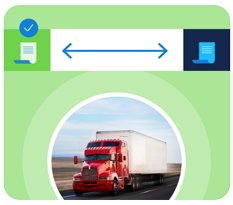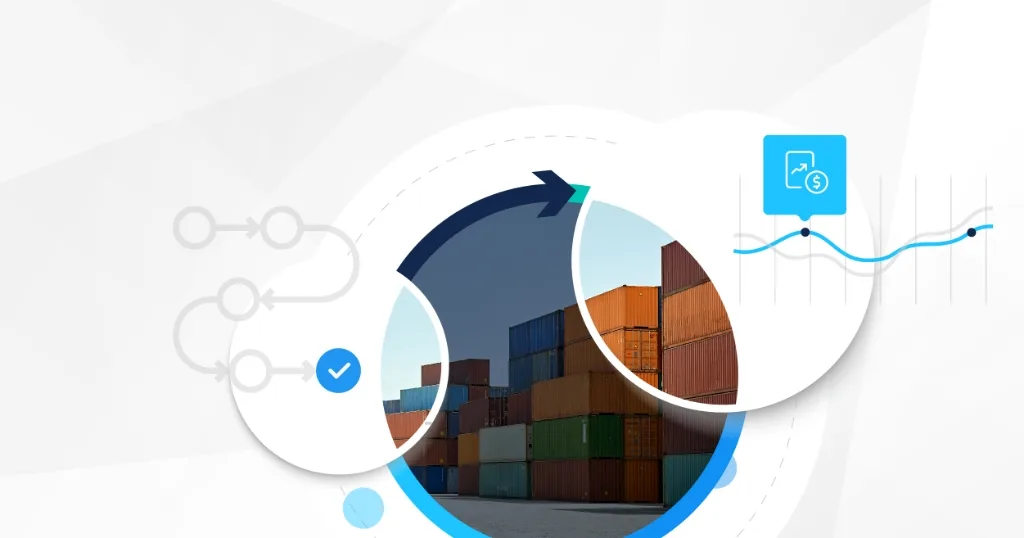A virtual and remote monthly close is the new normal for the majority of organizations and on average, the process takes a week or more. Most of that time involves manually checking and rechecking information with stakeholders, which can increase firm-wide risk and cost.
Businesses continuously face situations where leases were captured incorrectly or where new information comes to light after the books were closed. In those cases, companies need to adjust entries, reverse errors, and reconcile reports. Backdated and post-dated entries can become a nightmare when handled manually. However, if businesses adopt the correct procedures and automated platform, the close process can become significantly faster, more accurate, and ultimately less error-prone due to limited human intervention. Key benefits and functionalities of leveraging an automated platform include:
- Capture Events from Stakeholders: System sends e-mails with templates for completion via mailback and follow-up escalations, whereas reporting tracks what has not been done yet (and substantiates escalations to make sure negligent behavior isn’t recurring).
- Calculate Debits and Credits: IBRs for various “fencepost” terms by geography are uploaded using a standard template, and the system provides automated interpolation for terms between fenceposts as well as an audit trail for IBRs used for each deal.
- Book Transactions into Ledger: Automatically generated journal entries for the current period, historical period, or life-of-lease that can be easily pivoted to demonstrate straight-line expense profiles, PV takedowns, proper amortization, etc., backed by a SOC-1 report that provides already-validated reperformance of accounting for 70% of all leasing structures.
- Multiverse Management: With a properly closed ledger, reports can be regenerated for any prior period and produce the same results. This includes future-looking reports like obligations disclosures, which must reflect only those events known when the books were closed, irrespective of backdated events that were recorded subsequent to the close. Reports should reconcile to the GL for both transactional and functional currencies with little or no manipulation.
- Adjusting Entries: Adjustments are automatically calculated with attribution to the cause of the adjusting/catch-up entry. Where multiple backdated changes build up, the adjustments reflect the aggregate impact of the changes. A strong platform can handle a mixture of backdated “discoveries” as well as the correction of human errors.
Ultimately, automation will take the time, cost, risk, effort, and stress out of the close process. By implementing the right automated lease lifecycle platform, businesses will remain in compliance through rapid changes while meeting audit requirements and being equipped with the visibility and control needed to optimize their core processes. From here, businesses can effectively manage the complexities of lease portfolio management from end-to-end.
For the full story, listen to this webinar: Automating the Monthly Close







